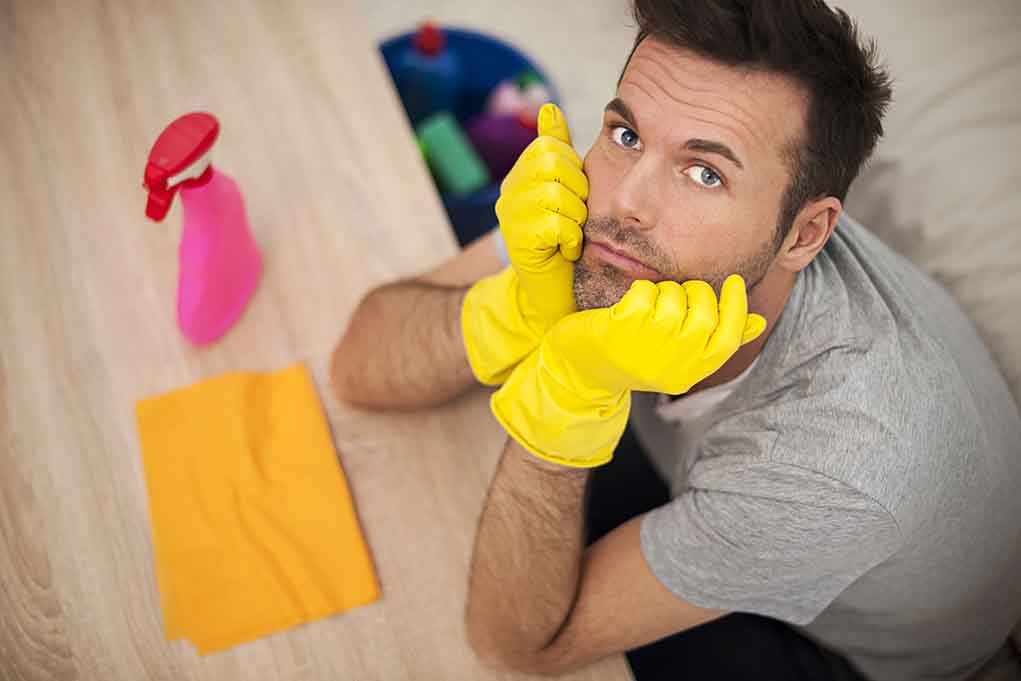
What if the secret to a cleaner, healthier home was hiding in your pantry—ready to overthrow decades of chemical-laden sprays with little more than a tangy whiff?
Quick Take
- Vinegar is a powerful, non-toxic alternative for many household cleaning tasks, but it is not a cure-all.
- Wellness Mama’s practical, experience-driven advice shows exactly where vinegar shines—and where it fails.
- Experts warn that vinegar doesn’t disinfect as thoroughly as many believe, especially on tough grime and dangerous bacteria.
- The rise of natural cleaning reflects a broader movement toward wellness, sustainability, and consumer skepticism of chemical cleaners.
The Vinegar Cleaning Revolution: More Than Just an Old Wives’ Tale
In the age of overstuffed cleaning aisles and warning labels with more fine print than a mortgage contract, a quiet revolution has been simmering in homes across the country. It’s being led not by corporations, but by savvy consumers and wellness advocates who ask: Why not clean with something you’d eat? Wellness Mama, a leading voice in the natural living movement, didn’t just swap out her conventional cleaners on a whim. Years of research, trial, and the relentless pursuit of a toxin-free home led her to vinegar—a substance as old as civilization itself, now repurposed for sparkling sinks and streak-free windows. Her journey mirrors a cultural awakening, one that’s prompted families everywhere to question the safety of their cleaning cabinets and demand better for their health and the environment.
The story isn’t just about nostalgia for simpler times. It’s about empowerment. Vinegar isn’t just cheap—it’s accessible, versatile, and time-tested. Its acetic acid content makes it a formidable foe against mineral deposits, greasy splatters, and musty odors. Yet, despite the folklore, even the most passionate vinegar evangelists admit: this is not a miracle elixir. Vinegar can’t do it all, and believing otherwise could leave your home less clean than you think.
Where Vinegar Cleans Up—and Where It Doesn’t Stand a Chance
Strip away the hype and vinegar’s real strengths become clear. When it comes to cutting through kitchen grease, descaling the coffee maker, or freshening up laundry, vinegar is a reliable workhorse. Its acidity breaks down mineral buildup and neutralizes stubborn smells, all without leaving behind toxic residues. Recipes for all-purpose sprays—just vinegar and water—fill blogs and family group chats, promising gleaming glass and spotless countertops at a fraction of the cost of store brands.
For families with children or anyone sensitive to chemicals, this simplicity is more than convenient; it’s a lifeline. But here’s the twist: when the grime gets tough, or the germs get dangerous, vinegar’s magic often falls short. Studies and expert commentary agree—vinegar is a mild acid, not a broad-spectrum disinfectant. It won’t reliably kill the bacteria and viruses that lurk on the kitchen cutting board or bathroom faucet. And when it comes to mold, vinegar can clear small patches but won’t make a dent in bigger infestations. For heavy-duty cleaning or true sanitization, especially in homes with immunocompromised residents, vinegar needs backup.
Mixing vinegar with the wrong partners can also backfire. Combine it with Castile soap, as some DIY guides suggest, and you’ll end up with a greasy film rather than a clean surface. Chemistry matters, even in natural cleaning. The consensus from credible voices like Lisa Bronner is clear: use vinegar for what it does well, and don’t ask it to do more than that.
The Real Reason Vinegar Is Winning Hearts—and What It Means for the Industry
The surge in vinegar’s popularity isn’t just about cleaning. It signals a deeper shift in how people think about wellness, risk, and the power of everyday choices. For decades, cleaning was synonymous with harsh scents and chemical warnings. Now, families are questioning whether that “fresh lemon” fragrance is masking more than it’s cleaning. Wellness Mama’s experience-based approach—sharing exactly which recipes work and which ones flop—has resonated with a generation looking for both transparency and results. The green cleaning movement, fueled by blogs, social media, and a healthy dose of skepticism, is forcing even traditional cleaning giants to rebrand and reformulate. Walk down the cleaning aisle today and you’ll see “natural,” “plant-based,” and “non-toxic” labels everywhere, some of them even boasting vinegar as a key ingredient.
This transformation brings economic ripples. Natural cleaning products are now a booming market segment, while conventional brands scramble to defend their turf. Socially, cleaning has become a community affair, with recipes and success stories traded like family secrets. Politically, regulators are beginning to pay attention, considering whether to step in and clarify what “natural” really means on a label. The stakes are real: for every family that breathes easier, there’s someone who risks under-cleaning in the name of wellness.
What Experts—and Experience—Really Say About Vinegar’s Cleaning Power
After years of research and debate, the verdict is nuanced but clear. Vinegar is not a universal cleaner, nor is it a silver bullet against household germs. It excels at degreasing, descaling, deodorizing, and tackling select stains. Use it generously on windows, mirrors, coffee makers, and stinky laundry. But don’t ditch the soap, and don’t expect vinegar to keep your home hospital-grade sterile. For those jobs, experts recommend hydrogen peroxide or commercial disinfectants used with care.
For those restless to upend their cleaning routines and chase a healthier home, vinegar is a powerful ally—just not a lone hero. Adopt its strengths, respect its limits, and you’ll find your house not just cleaner, but maybe a little more peaceful, too.
Sources:
Wellness Mama: Vinegar for Natural Cleaning
Keeper of the Home: Vinegar Myth
Lisa Bronner: Caution About Vinegar & Castile Soap












